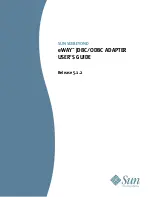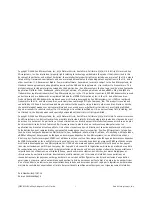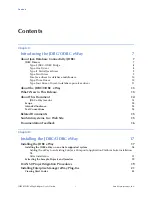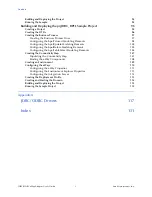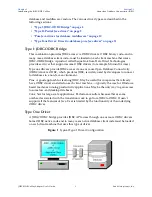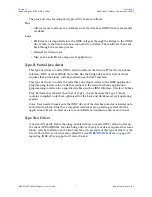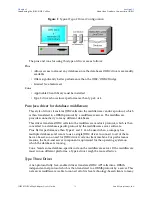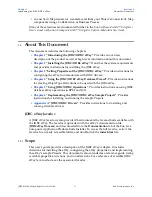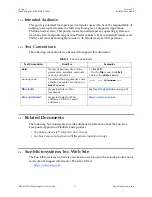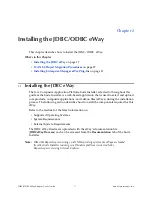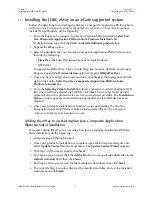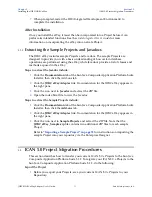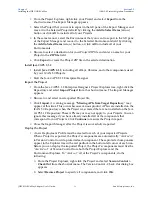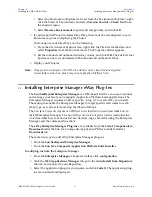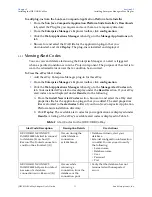
JDBC/ODBC eWay Adapter User’s Guide
7
Sun Microsystems, Inc.
Chapter 1
Introducing the JDBC/ODBC eWay
Welcome to the
Sun SeeBeyond eWay
™
JDBC/ODBC Adapter User’s Guide.
This document
includes information about installing, configuring, and using the Sun Java Composite
Application Platform Suite JDBC/ODBC eWay™ Adapter, referred to as the JDBC
eWay throughout this guide.
This chapter provides an overview of database connectivity (JDBC) and open database
connectivity (ODBC) APIs. This chapter also introduces the JDBC/ODBC eWay.
What’s In This Chapter
About Java Database Connectivity (JDBC)
on page 7
About the JDBC/ODBC eWay
on page 13
What’s New in This Release
on page 13
About This Document
on page 14
Related Documents
on page 15
Sun Microsystems, Inc. Web Site
on page 15
Documentation Feedback
on page 15
1.1
About Java Database Connectivity (JDBC)
Java Database Connectivity (JDBC) is an implementation of the Java programming
language that dictates how databases communicate with each other. Through a
standardized application programming interface (API), connectivity from database
management systems (DBMS) to a wide range of SQL databases is accomplished. By
deploying database drivers laced with JDBC technology, it is possible to connect to any
database -- even in a heterogeneous environment -- and access tables, tabular data, flat
files and more. When using JDBC, Java programmers have the ability to request
connections to a database, send queries to the database using SQL statements, and
receive results for advanced processing.
1.1.1
JDBC Drivers
To connect with individual databases, JDBC requires drivers for each database. Those
drivers come in four varieties. Driver types 1 and 2 are typically intended for
programmers that write applications. Driver types 3 and 4 are typically used by

